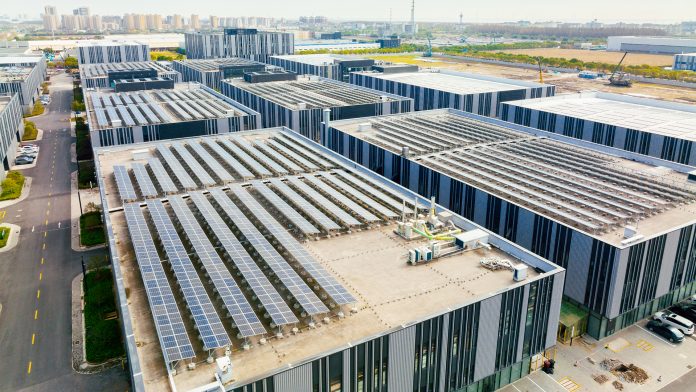Researchers at the University of Gävle have developed Artificial Intelligence (AI) methods that can help to improve the performance of rooftop solar panels.
If placed accurately, solar panels on rooftops can be more effective. However, determining how much electricity they can produce has been difficult. For individual house owners, solar panels can be a good investment for their house. The challenge is to decide on the number of panels and how to position them to optimise the amount of electricity that can be produced on the roof.
“Too many rooftop solar panels generate a surplus of electricity, but it does not give the owner a lot of money when it is sold on the market. Too few solar panels, however, do not generate enough electricity in relation to the total cost of investment. Solar panels are expensive, so we need to find a balance to make the investment as profitable as possible for the consumer,” explained Mohammad Aslani, who led the study.
The new developments were published in the journal ScitePress.
How do the AI methods work?
Within the framework of Mohammad Aslani’s doctoral thesis, Aslani and Stefan Seipel, a Professor in computer science, have developed AI methods which can be used in a process containing several steps to assess the potential of rooftop solar panels.
These methods can be useful on a micro level for individual house owners, as well as on macro levels for urban planners and real estate companies.
Aslani said: “This research is useful as a basis for decision making. If an urban planner wants to assess the potential of solar energy for an entire neighbourhood, it is crucial that the assessment is as accurate as possible, both for financial and environmental reasons.”
By using publicly available cadastral maps, aerial photographs, and point target data, the AI engine firstly identifies all the roofs in a photo of a neighbourhood. In the next step, it assesses the slope and orientation of the roofs. In a third step, it considers the structure of each roof, including chimneys and angles.
Finally, it suggests how many rooftop solar panels should be installed and how they should be positioned to be as efficient as possible. In total, six different AI engines are used, with two for each of the three steps of the process outlined above.
The most accurate methods to date
Two case studies were carried out in Gothenburg and Uppsala to test the efficiency of the new AI methods. They found that they were more accurate than previous attempts to make rooftop solar panels more effective.
“Existing methods tend to be too optimistic by overestimating the energy efficiency since they are not as detailed as ours. They do not take spatial details that affect or obstruct the placement of the solar panels into account as much as our methods do,” said Seipel.
Despite being the most effective method to date, the research is not yet complete. The next steps are to develop the AI further to make it weigh in the energy demand of a building when calculating the number of rooftop solar panels.
Aslani concluded: “I would also like to turn our thinking around and instead do research on how to build buildings and roofs to get the most out of solar panels.”









